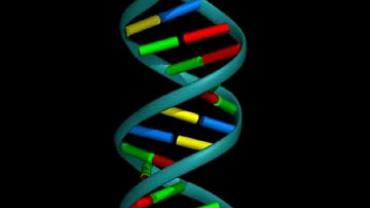There's a reason most cercial protein powders are loaded with the amino acid glutamine. Glutamine is the most abundant non-essential amino acid and is the primary fuel for enterocytes lining the small intestine. (Rather than using glucose as an energy source for themselves
enterocytes use glutamine in order to spare the glucose they transport from the intestinal lumen into the bloodstream for use by other body tissues.) Like other non-essential nutrients glutamine becomes conditionally essential under certain circumstances. Physical trauma illness injury and major surgery can increase the body's need for glutamine above and beyond what can be synthesized internally making supplementation beneficial for those who need extra support for tissue repair and regeneration.
Cultured human skin fibroblasts exposed to glutamine and these intermediates showed
dramatic increases in collagen biosynthesis. P5C proved to be the most effective for stimulating collagen formation in the shortest amount of time. After just 6 hours of incubation with P5C the skin fibroblasts showed a three-fold increase in collagen synthesis and levels were 260% of control values at 12 hours. At 6 12 and 24 hours of incubation glutamate induced increases in collagen synthesis to 180% 400% and 120% of control values. After the same time exposures glutamine increased collagen synthesis to around 112% 115% and 230% of control values respectively. All three substances stimulate increases collagen synthesis but P5C seems to act directly while glutamine acts through its intermediates.
One of the molecular mechanisms by which glutamine may exert this influence on connective tissue health is by increasing the expression of genes involved in collagen formation. Cultured human fibroblasts incubated with glutamine showed
a dose-dependent effect of glutamine on collagen synthesis via increased transcription of collagen-specific mRNA. The mean increases in collagen and non-collagen protein synthesis were 63% and 18% respectively. At 0.15 mM glutamine concentration alpha 1(I) and alpha 1(III) collagen mRNA expression were increased by 1.7-and 2.3-fold respectively. So in addition to its structural role in protein glutamine also serves a signaling functioning at the molecular level when it comes to collagen generation.
Glutamine may also play a role in the maintenance of healthy bones. Here again glutamine's function seems to be one of signaling. Mouse osteoblasts cultured with either glucose alone or glucose plus glutamine showed increased mineralization with the added glutamine but not with glucose alone. By itself glucose stimulated osteoblast proliferation but had no significant effect on osteocalcin expression. However when glucose was combined with glutamine there was significant
increase in osteocalcin activity and mineralization.
Owing to glutamine's roles in skeletal muscle synthesis and supporting healthy connective tissue and bone many diverse patient groups may benefit from supplemental amounts of this nutrient. One specific population group that might do especially well with extra glutamine is athletes who experience above-average wear and tear on their joints and whose muscles undergo constant micro-damage and repair. Compared to placebo
supplemental collagen hydrolysate led to significant improvements in joint pain in athletes while at rest standing walking lifting and carrying objects. And with glutamine playing such a critical role in collagen synthesis glutamine supplementation or supplementation with bone- and joint-specific blends that include this amino acid could be beneficial for recovery from intense physical activity.
